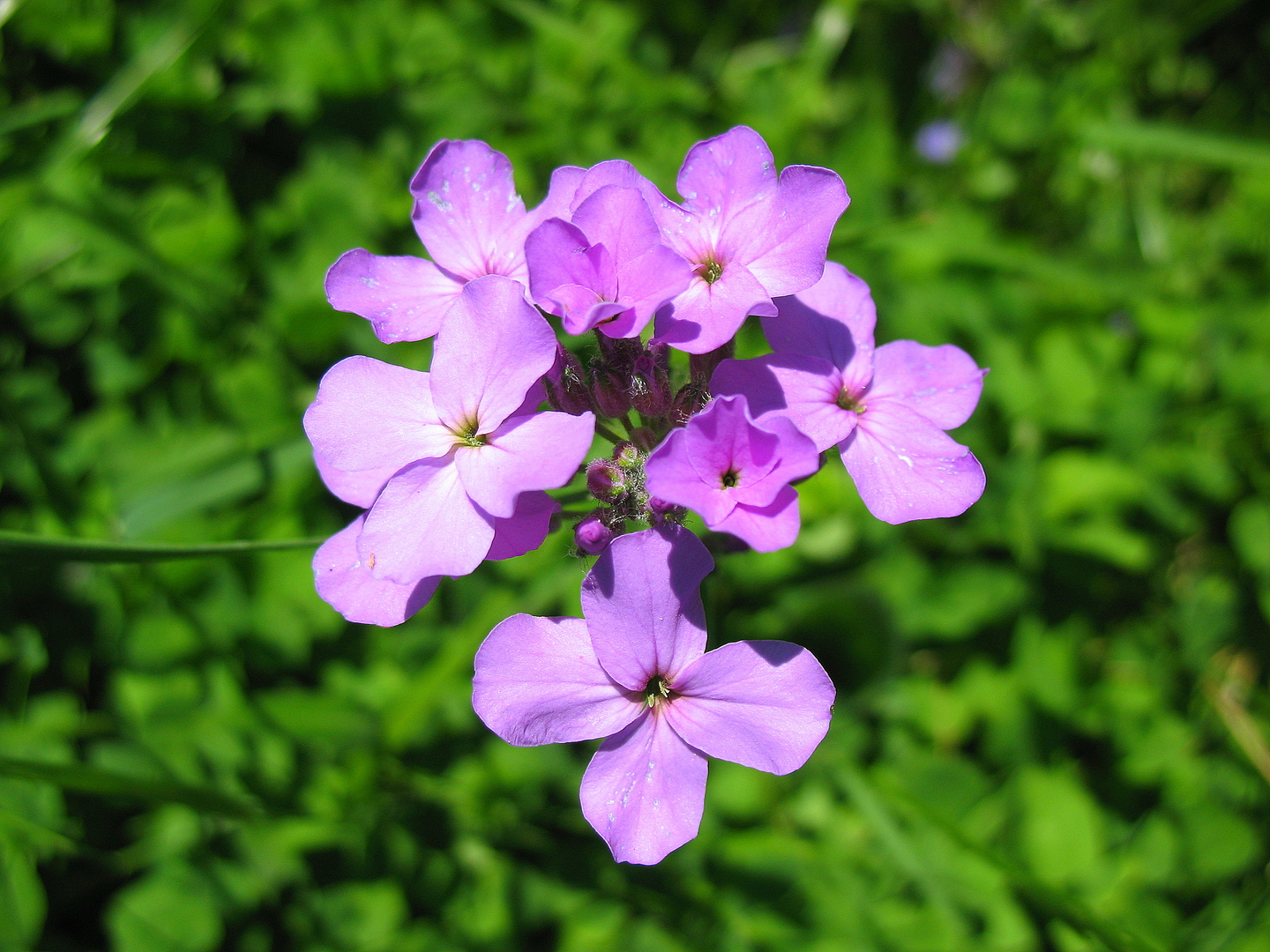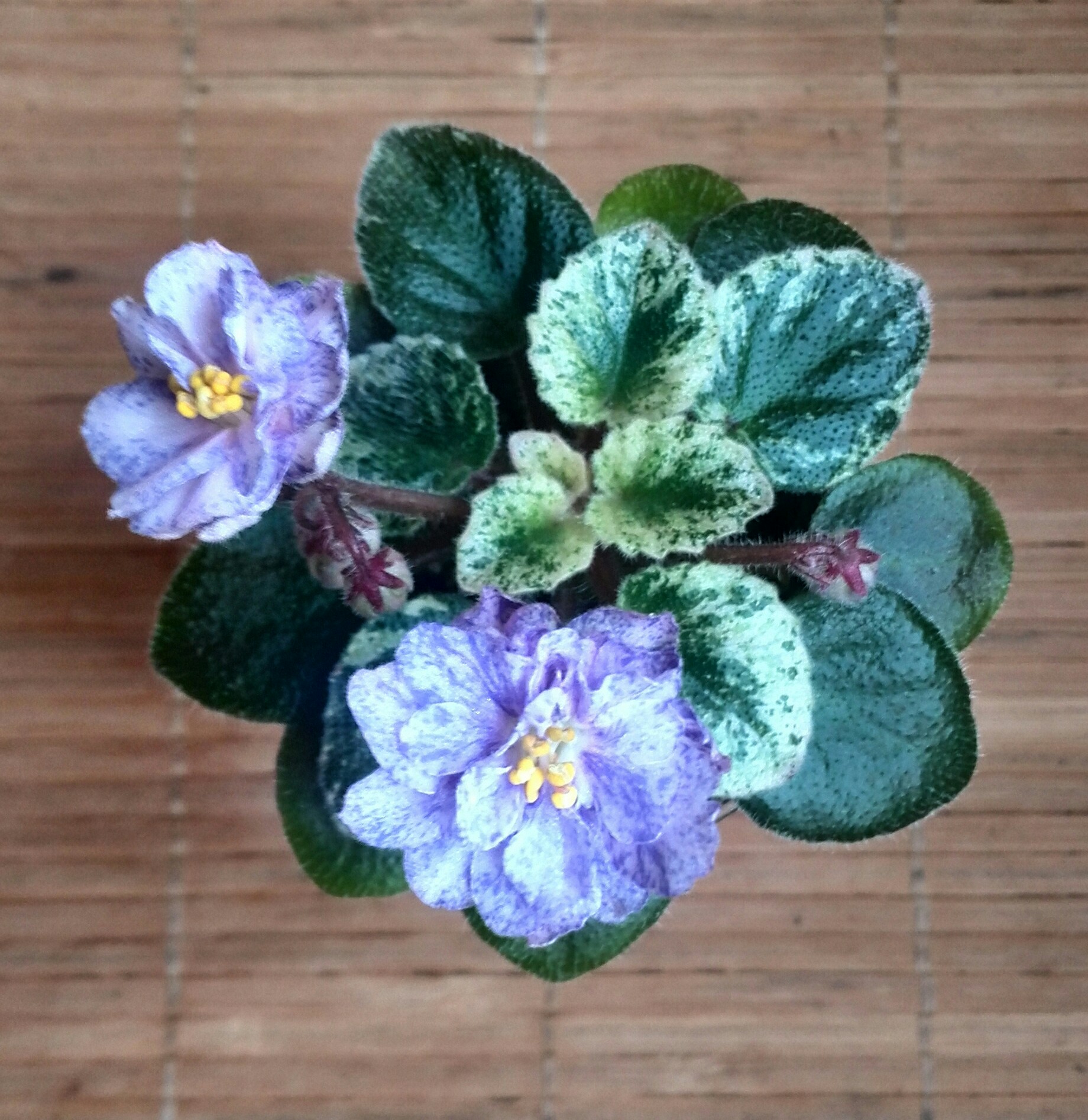Saintpaulia or violet takes pride of place on the windowsills. There is even a club of amateur florists who are engaged in breeding these adorable creatures. They grow hybrid specimens, organize exhibitions where they share their experience in caring for this plant at home. One species has thousands of registered varieties that are still in cultivation.
Content
Description of violets
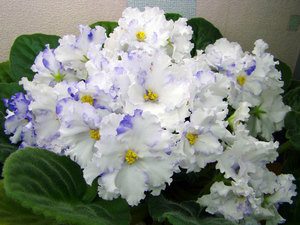 Indoor violets are one of the favorite indoor flowers for many growers. Due to the variety of colors and sufficient ease of care, these flowers are very popular.
Indoor violets are one of the favorite indoor flowers for many growers. Due to the variety of colors and sufficient ease of care, these flowers are very popular.
According to the description, indoor violets are similar to each other, however, there are a number of differences. This mainly concerns the shades of inflorescences and the shape of the leaves. The plant is rosette of leaves, the central stem, which is missing.
Small flowers form in the middle, their shape can be simple or bizarre. The color of the petals and leaves is varied. The shape of the rosette ranges from simple to very double.
These lace plants can decorate not only window sills, you can create a composition from them and place them on a kitchen apron or shelving. If you follow the rules of care, the violet will decorate the most modest home.
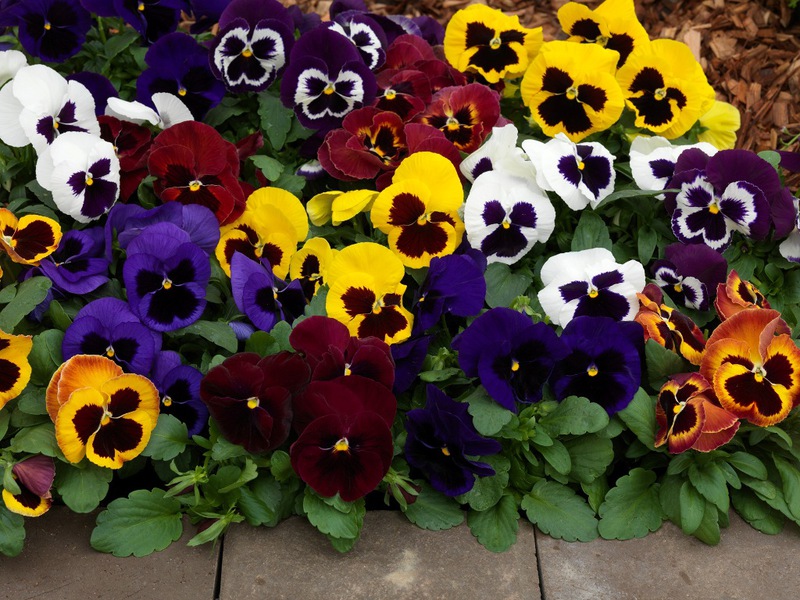
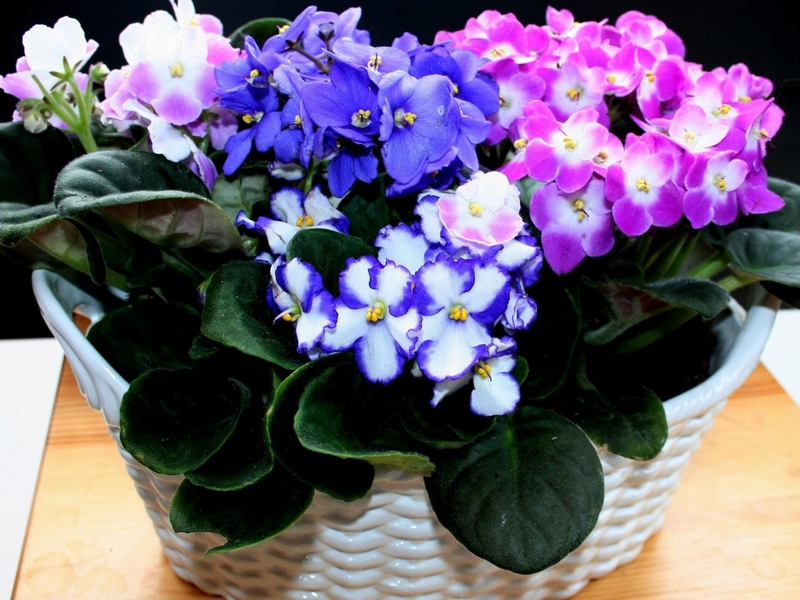
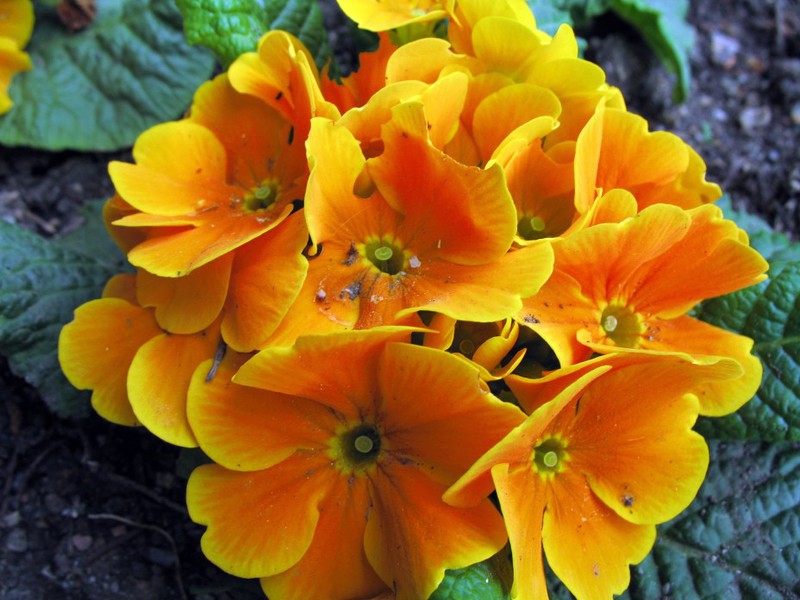
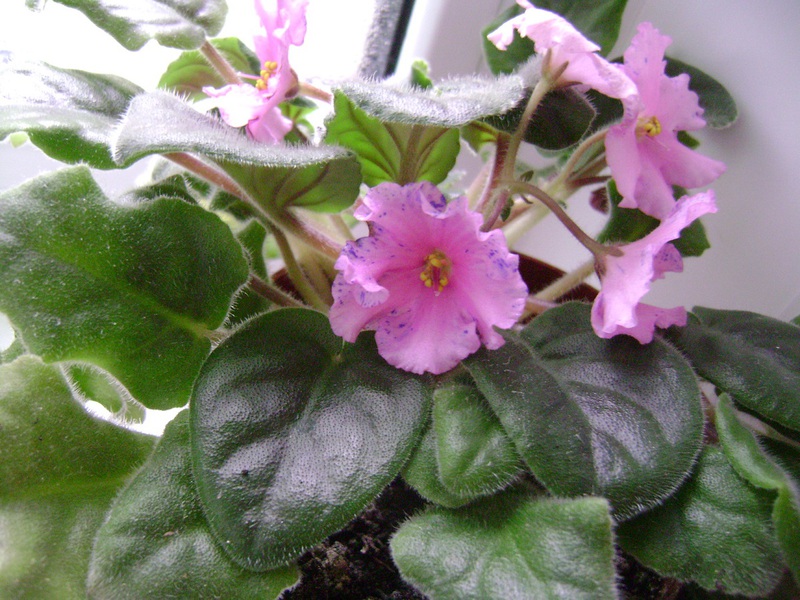

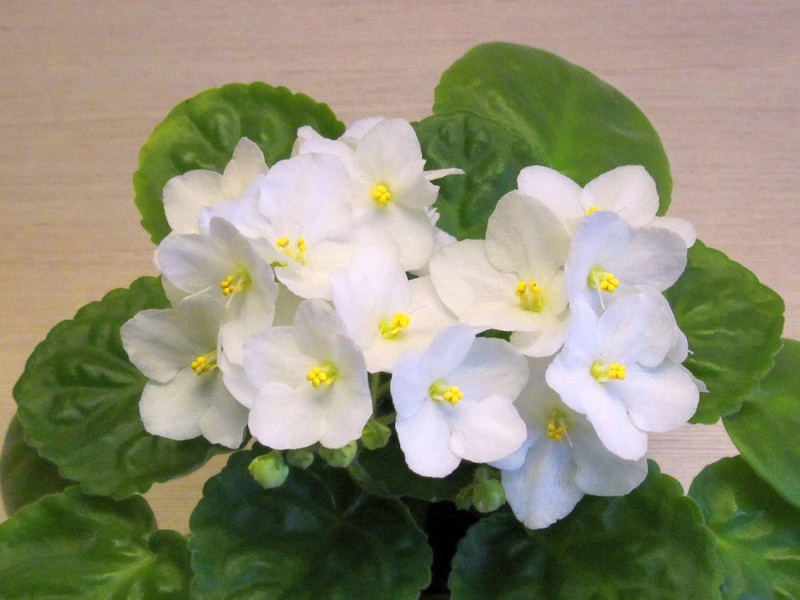
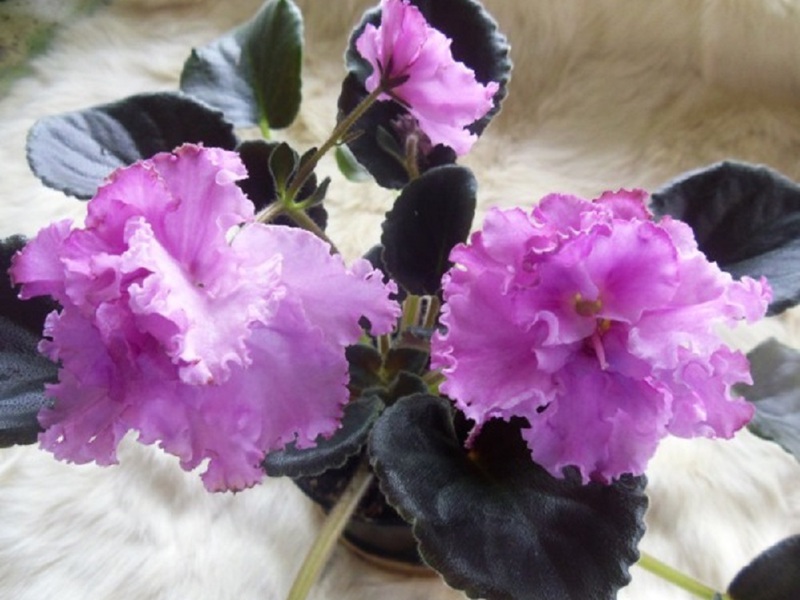
- Indoor hybrid Vittrock violet. The flowers are large, 4 to 12 cm in diameter, solitary, formed in the leaf axils. Corolla 5-petal, of various colors, from pure white to jet black, monochromatic or with strokes and spots of various colors and sizes. The petals can be straight, corrugated or with wavy edges.
- Violets Hemalis-winter (Hiemalis) with a flower diameter of 4.5-5.5 cm was registered in 1916, are winter hardiness, early and long flowering. They are distinguished by compact bushes and bright flowers.
- Golden yellow violet Helios.
- Violet Mars (Mars) ultramarine-blue petals and dark "eyes".
- Violet varieties "North Pole" - with pure white flowers and even white seeds.
- "Jupiter" - with purple-violet lower and white upper petals.
- Rococo violets are plants with bright, variegated flowers 5.5 cm in diameter and strongly corrugated petals. The variety has an exotic, unusual appearance, but, unfortunately, in the conditions of Russia, the corrugation of the petals is rarely manifested.
- "Flamenco F1" (Flamenco Fj) - the variety has red-orange petals with a blurred yellow spot and shading in the center.
- "Eye of the Tiger" (Tigereye) - a variety with an amazing color - brownish-yellow, with small dark spots in the center and shading on all petals.
- Violet "Cardinal" - with a dark red flower and a darker "eye".
Caring for violets at home
If you want to put a violet in the house, then you need to know about its preferences and follow them. There are basic rules for caring for these flowers at home:
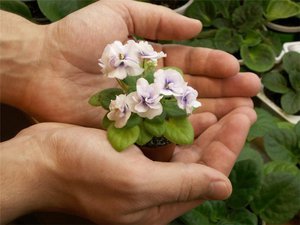 The plant likes bright lighting, but no direct sunlight.
The plant likes bright lighting, but no direct sunlight.- This beauty needs a moist substrate, but cannot stand stagnant water.
- It will be damaged by excess humid air, as well as spraying the leaves. The plant is cleaned of dust only under the shower, but it must be taken out dry without remaining droplets.
- Use only warm, settled water for irrigation. The optimal way to water this whimsical crop is moderate soil moisture through the sump.
- She does not like drafts from both the vents and the warm air of the fan.
- Cannot stand the absence of love and tranquility in the house, as well as an inattentive attitude towards oneself.
If you have not yet abandoned the desire to settle a violet in your home, then get ready to accept a new family member.
Soil composition for room violets
Home care begins with the preparation of the substrate and container. Violet needs an acidic substrate, which includes the following components:
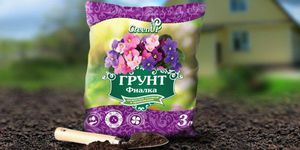 peat - 3 parts;
peat - 3 parts;- leaf land - 5 parts;
- coarse river sand - 1 part;
- dried sphagnum moss and charcoal should make up 10% of the total mass of the main components.
Experienced florists recommend dilute peat with perlite or vermiculite, since they help to retain moisture in such a light soil. Poor composition needs additional nutrition.
In winter, once a year, a humate solution is introduced; in the spring-autumn period, they are fed liquid mineral fertilizers for saintpaulias. The main thing not to do is overfeed. Do not overfeed, the soil should be in a lean state.
Transplant containers
In caring for indoor violets, every little thing is important. To prevent the substrate from souring and spoiling the roots of the plant, you do not need much of it. For example, for an adult culture enough glass, which has a height and diameter of 10 cm. In addition, it is half filled with drainage.
Remember, in order for the violet to bloom, you need to wait until the root system completely fills the pot with soil. For growing, the first container is taken with a diameter of 6 cm.
The drainage hole must be sufficient. The transplant is carried out no more than once every three years, while the pot can be left the same. You should only be careful clean the roots as far as possible and change the substrate.
Reproduction and transplantation
 Planting Saintpaulia begins with a young crop. Saintpaulia reproduces as follows: leaves; cuttings; peduncles and seeds.
Planting Saintpaulia begins with a young crop. Saintpaulia reproduces as follows: leaves; cuttings; peduncles and seeds.
The simplest rooting method is often used - leaf. Before rooting, the cut is updated diagonally with the help of disinfected scissors, then, the cut of the leaf is sent into the water, there it is until the callus and roots are formed.
When roots 4-7 cm long appear on the leaf, it is rooted... From above, you need to cover with a jar or film from evaporation and wait for the results. If everything went smoothly, the emerging plants are transplanted into separate pots as they grow. With good care, the violets will bloom in a year.
Hybrid Saintpaulias - Chimeras only breed stepchildren and peduncles, it is they who will transfer maternal qualities to the young plant. The baby can be separated from the parent using an awl; it is immediately rooted in the peat substrate.
When a houseplant requires a transplant, it is necessary to check the health of the root system. The roots must be white, fill the container, then they are alive.
If you take it out of a conical planter, then you need to keep the root system in this position and transplant it into a larger pot with a moistened substrate in a special cell.
Before planting Saintpaulia, you should carefully consider the root system and remove dead roots, they turn brown.
Be careful not to damage the bright, healthy roots. With such a careful treatment, the violet can be washed in water, after which the roots are carefully straightened and planted in a new container.
In the case of rot of the root system, the plant must be cleaned to healthy living tissue, dipped in crushed activated carbon and dried. After this execution, you need to re rooted in water or mossbecause it has disinfectant properties.
Tips from experienced florists
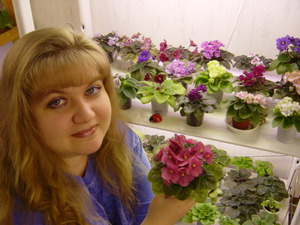 In the summer, the plant feels good when the room is up to 25 degrees Celsius, in winter 18-20 is required. Air humidity should be around 50%.
In the summer, the plant feels good when the room is up to 25 degrees Celsius, in winter 18-20 is required. Air humidity should be around 50%.
This flower requires long daylight hours all year round. Lighting should be at least 10 hours, during flowering periods it is required additional fluorescent backlight.
If watering is carried out through the pallet, it is necessary to drain the water not drunk by the plant. If watering is carried out from above, then you need to make sure that moisture does not get on the leaves. In summer watered every day little by little, in winter - 2 times a week. For a young plant to bloom, you need to wait one year.
If properly cared for, then you will receive a reward in the form of a lush blooming plant. Indoor Saintpaulia blooms for about two months, during flowering it follows remove faded flowers.
The plant does not bloom if it is sick or if it has parasites. Diseases and insects attack in case of improper care. You need to know how to deal with pests.
Features of care in the winter
To prevent the violet from dying in winter, and this happens due to the lack of proper care, certain rules should be followed:
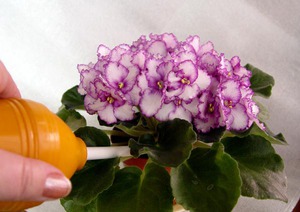 Since the daylight hours are shorter in winter, it must be increased with artificial lighting by several hours.
Since the daylight hours are shorter in winter, it must be increased with artificial lighting by several hours.- Root decay should be eliminated by reducing watering. If, nevertheless, the plant is flooded, it must be saved by transplanting it into dry soil, and covered with a jar on top. The jar is removed when the root system is restored, this can be recognized thanks to a new leaf.
- Protect Saintpaulia from cold, dry air. It must be moved away from heating appliances and drafts.
- Hygiene required. Always sterilize the soil before replanting the socket. If a disease is suspected, isolate the bush from other plants.
- Do not grow large plant species near the violet, such as palms, ficuses, as various pests can live on them - mites, thrips, aphids. It is better if geranium is located next to the Saintpaulia, which can scare off annoying parasites. Spathiphyllum humidifies the air well, so the neighborhood with it will not harm a small violet.
Saintpaulia is very beautiful plant... They are distinguished by a huge variety of textures and colors. If you follow the above rules for caring for a room violet at home, then this gentle creature will often delight with its blooming, full of health, the look of all household members.
